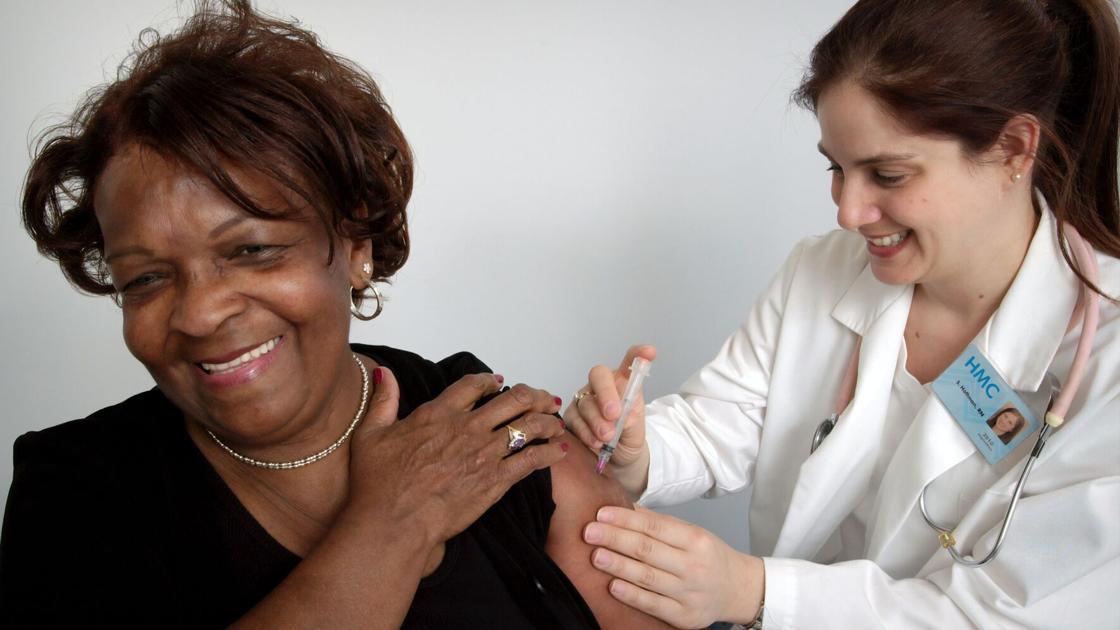
The value of the relationship between a family and their primary care physician (PCP) cannot be overstated. In 1947, Norman Rockwell captured the intimacy of such relationships in “Visiting the Family Doctor.” The painting reveals Arlington’s Dr. George Russell serving those in and around Arlington for 33 years and about whom it was said, “We couldn’t do without Doctor Russell. He has dosed, bandaged and splinted us, put the accident victims together, delivered the babies, treated the measles and mumps, and stitched up the town’s cuts.” Dr. Russell was followed by Dr. Jim O’Neill, who was followed by Dr. Michael Welther. These three doctors accounted for more than 100 years of family medical service to the town and to my parents, my sisters and me. Dr. Welther moved on from his family practice in 2015 and was warmly saluted by the townspeople.
Much has changed since 1947. The life expectancy of women grew from 69.7 years to 80.5 years, and for men from 64.4 years to 75.1 years. Health care institutions have consolidated, technological and pharmaceutical advancements have grown exponentially, and payment systems have been invented and reinvented. In Dr. Russell’s time some had insurance, others paid in cash while others bartered with labor and goods. Lots to accommodate on the front lines of Vermont’s healthcare system by PCPs over these many years.
Regardless of such changes, PCPs, whether aligned with a hospital, a Federally Qualified Health Center or independent practice, remain today a central force in Vermont’s health care network. Vermont’s All-Payer Model agreement (the APM) signed jointly by state and federal leaders is Vermont’s current framework for health care reform. The APM hopes to make healthcare more affordable while improving the quality of care and the population health of Vermonters. The APM puts primary care physicians center stage. In the Green Mountain Care Board’s (GMCB) 2016 decision supporting the APM, the board stated:
• the APM “must ensure” the model “strengthens investments in primary care.”
• “Commenters broadly agreed that investments in primary care, preventive care, and community-based services will be essential for successful implementation of the All-Payer Model.”
• “The Agreement outlines three fundamental Population Health Goals: 1) increased access to primary care, 2) reduction of deaths caused by suicide and drug overdose, and 3) reduction in the prevalence and morbidity of chronic disease.”
• “The first goal, increasing Vermonters’ access to primary care, is imperative to the success of the Model. There is strong consensus that improved access to primary care, with an enhanced focus on preventive services, can improve health care quality, improve the health of the population, and help reduce growth in health care costs.”
• “The Agreement allows providers to drive innovation, including the design of reimbursement methodologies that enhance and support primary care and prevention.”
• “Finally, through its regulatory authority in Act 113, the Board, in its oversight and approval of ACO budgets, can determine the extent to which ACOs are investing in primary care and prevention services.”
In sharp contrast to the aspirational goals of the APM, today there are strong indications that the standing of PCPs in Vermont’s healthcare network is diminishing.
• The Department of Health’s 2018 Physician Census profiles a decline of primary care physicians from 636 in 2016 to 615 in 2018, or -3.3 percent, while simultaneously the total number of Vermont physicians increased from 2,182 to 2,473, or 13.3 percent, and the number of specialist physicians increased from 1,556 to 1858, or 20.2 percent.
• Four primary care practices will close this spring.
• Recent testimony to legislators from primary care representatives underscores the contrast between APM aspirations and the realities on healthcare’s front line. They say, “While these decreases (in Medicaid) appear to be a small number, this comes at a time when PCPs cannot absorb additional cuts. Primary care, and particularly independent primary care, is stressed in a number of ways — financially, administratively, and subject to severe workforce shortages.”
So, what can be done to get primary care back on the aspirational track envisioned in the APM? To begin:
• Rationalize Medicaid reimbursement codes: Medicaid payments, though often tied to Medicare rates, do not cover the cost of services provided. Given that Medicaid populations vary widely across hospital service areas (HSAs), from a low of 17.4 percent in Burlington area communities to a high of 28.2 percent in Newport, the state might more favorably tilt reimbursement rates commonly used by PCPs toward high Medicaid HSAs.
• Act 155: An act relating to increasing the supply of nurses and primary care physicians in Vermont was enacted last legislative session. The legislature should ensure its prompt and full implementation. The legislature appropriated $1.6 million in scholarships in support of the act’s mandates but directs the Secretary of Human Services to “identify” funding sources for future program support. One source might be to follow up on this audit.
• Stay vigilant: PCPs should frequently remind legislators, administration officials, the GMCB, and the public of the long and important role of PCPs in the lives of Vermonters and, importantly, that as designed the APM cannot be successful absent a robust corps of PCPs serving Vermonters in all communities.
"care" - Google News
March 18, 2021 at 06:00AM
https://ift.tt/2OIiJUe
Tom Pelham: Primary care — healthcare's front door | Columnists | benningtonbanner.com - Bennington Banner
"care" - Google News
https://ift.tt/2N6arSB
Shoes Man Tutorial
Pos News Update
Meme Update
Korean Entertainment News
Japan News Update
Bagikan Berita Ini














0 Response to "Tom Pelham: Primary care — healthcare's front door | Columnists | benningtonbanner.com - Bennington Banner"
Post a Comment